It's safe to say everyone loves movies, if not, I'm not sure you can consider yourself human. With our favorite movies comes the fun of making them and with the classics come some really fun behind the scenes facts about how they are made, how sounds are found and what the actors got up to before, during and after filming one of these classics. Enjoy our list of Movie Facts, because we sure did.
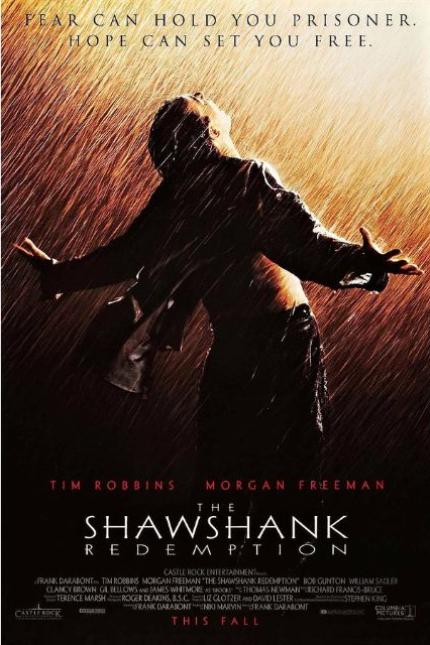
The Shawshank Redemption:
In the cinematic masterpiece "The Shawshank Redemption," a remarkable behind-the-scenes detail adds a layer of authenticity to the protagonist's daring escape. The iconic poster that conceals Andy Dufresne's tunnel was not merely a prop; it was a fully functional passage meticulously crafted by the crew. Over the span of three days, the dedicated team painstakingly dug and built the tunnel, ensuring that every detail aligned with the storyline. This commitment to realism underscores the film's dedication to storytelling, turning a seemingly simple prop into a tangible embodiment of Andy's determined quest for freedom.
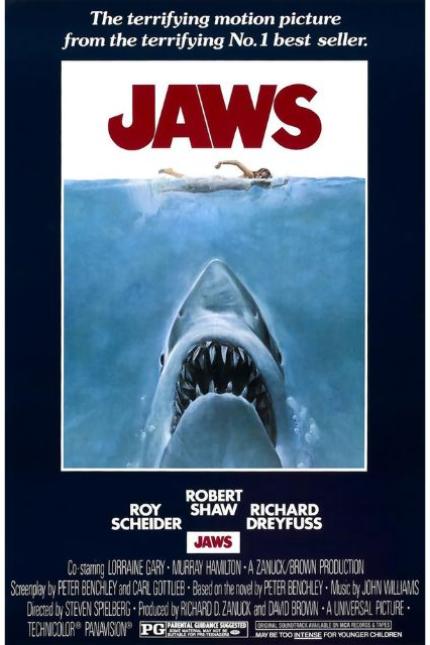
Jaws:
"Jaws," the iconic thriller that sent shivers down spines, owes a memorable line to a stroke of on-the-spot brilliance. The now-famous words, "You're gonna need a bigger boat," were not penned in the script but emerged as an improvisation by actor Roy Scheider during filming. This spontaneous addition injected a genuine sense of urgency into the scene, perfectly encapsulating the escalating tension between man and the ocean's apex predator. The line's unscripted origins highlight the magic that can occur when talented actors infuse their performances with spontaneity, leaving an indelible mark on cinematic history.

Lord of the Rings:
In the epic saga of "The Lord of the Rings" trilogy, Viggo Mortensen's commitment to his role as Aragorn extended beyond scripted lines. Immersed in his character's intensity, Mortensen went above and beyond by performing numerous stunts himself. A testament to his dedication, he inadvertently broke two toes during a scene where Aragorn vents his frustration by kicking a helmet. Unbeknownst to many, this genuine moment of pain was left untouched, making its way into the final cut of the film. Mortensen's unwavering devotion to authenticity resulted in an unscripted touch that underscored both his dedication and the immersive power of the cinematic experience.
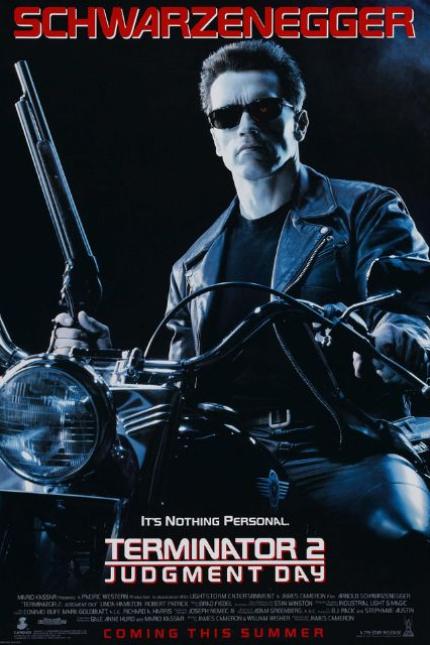
Terminator 2: Judgement Day
In the sci-fi blockbuster "Terminator 2: Judgment Day," Arnold Schwarzenegger's iconic leather jacket carried more weight than meets the eye. Crafted to evoke a futuristic aesthetic, the jacket bore the burden of approximately 85 pounds, thanks to the incorporation of metal components. This extraordinary design choice added an element of realism to the portrayal of the formidable Terminator, enhancing the character's imposing presence on screen. Schwarzenegger's ability to seamlessly navigate the film's demanding action sequences while donning this hefty attire speaks volumes about his dedication to delivering an unforgettable performance.
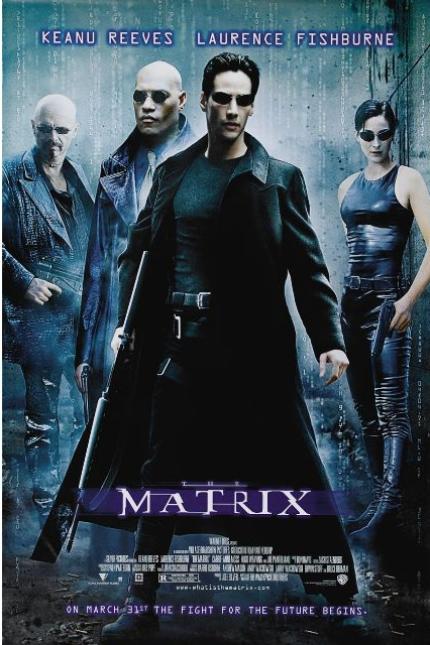
The Matrix:
In the groundbreaking film "The Matrix," the mesmerizing bullet-dodge moment defies convention. Instead of relying on elaborate special effects, the ingenious approach involved Keanu Reeves himself. With remarkable precision, Reeves leapt into the air, suspending time, and flawlessly landed, creating the illusion of defying the laws of physics. This practical yet visionary technique exemplifies the film's commitment to pushing cinematic boundaries, leaving audiences captivated by the seamless fusion of innovative storytelling and the physical prowess of its lead actor.
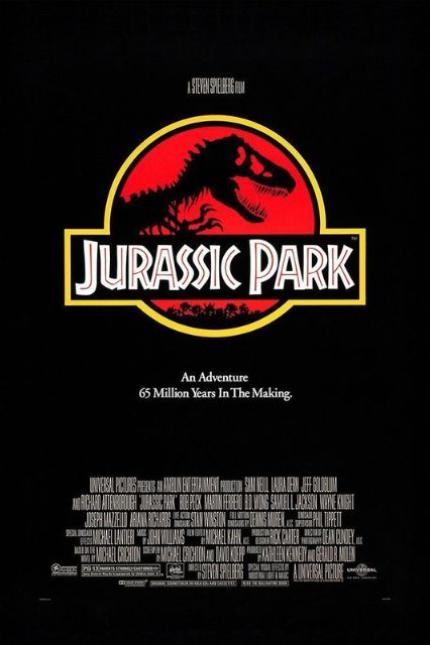
Jurassic Park:
The awe-inspiring roar of the T-Rex in "Jurassic Park" wasn't crafted from a single source, but rather emerged from a creative symphony. By ingeniously blending the sounds of a baby elephant, an alligator, and a tiger, the film's sound designers conjured a spine-tingling auditory experience. This auditory concoction added a layer of realism to the prehistoric creature, showcasing the power of imagination and ingenuity in shaping cinematic wonders. The result is a roar that echoes through the ages, both terrifying and captivating audiences in equal measure.

The Silence of the Lambs:
In the chilling masterpiece "The Silence of the Lambs," the enigmatic Hannibal Lecter, portrayed by Anthony Hopkins, casts a spell despite his limited screen time. With a mere 16 minutes of presence, Hopkins defies conventional expectations, leaving an indelible mark on the film's psyche. His extraordinary portrayal earned him the coveted Academy Award for Best Actor, a testament to his unparalleled ability to evoke unease and fascination. Hopkins' masterful performance exemplifies how a character's profound impact can transcend mere minutes, forever etching Lecter's menacing charm into cinematic history.
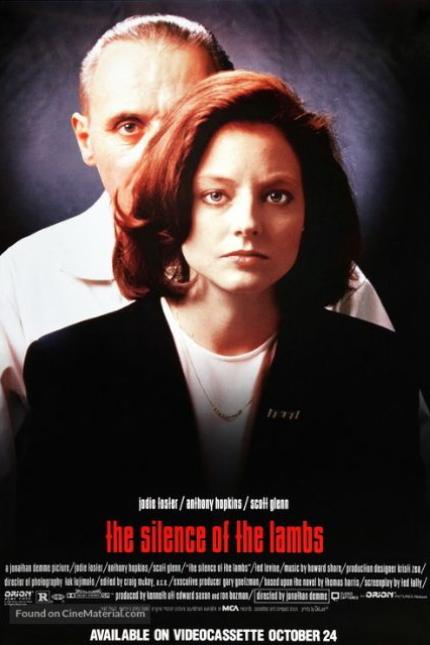
The Silence of the Lambs:
The iconic movie poster of "The Silence of the Lambs" holds a captivating secret. Instead of directly depicting Anthony Hopkins' character, the enigmatic Hannibal Lecter, the poster weaves a mysterious tapestry. Crafted from a composite of three distinct actors' faces, this artful creation adds an air of intrigue and ambiguity, mirroring the film's enigmatic narrative. This unconventional choice invites viewers to unravel the layers of symbolism and foreshadowing, capturing the essence of Lecter's psychological allure while embodying the film's haunting aura.
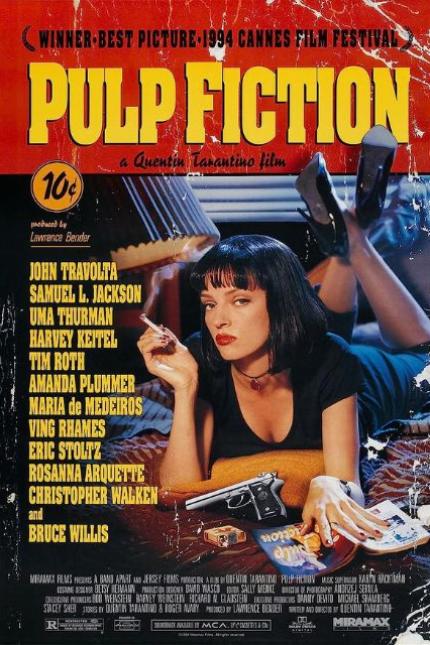
Pulp Fiction:
"Pulp Fiction" leaves a tantalizing enigma within its frames—the contents of the mysterious briefcase, radiating a mesmerizing golden glow, remain an unsolved puzzle. Director Quentin Tarantino deliberately chose to keep this enigmatic element veiled, inviting audiences to conjure their own interpretations. This artistic choice injects an aura of mystique, encouraging speculation and discussion long after the credits roll. Tarantino's cinematic sleight of hand transforms the briefcase into a symbol of the film's enigmatic essence, a timeless emblem of storytelling that thrives on the power of imagination.
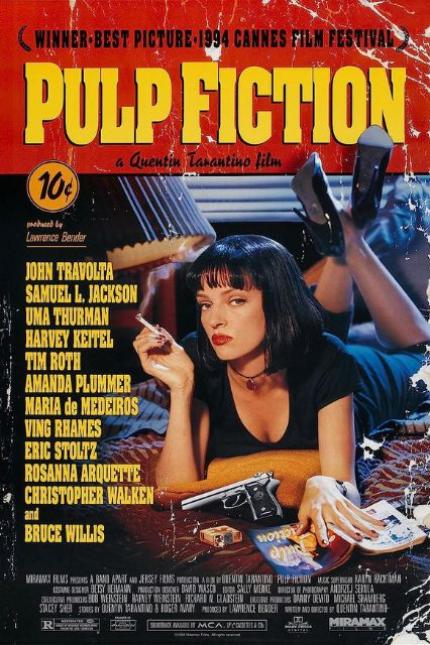
Pulp Fiction:
In a serendipitous twist for "Pulp Fiction," Christopher Walken's character defies initial intentions. Originally scripted with a speech impediment, Walken, the consummate artist, made an audacious choice. His distinctive cadence, which became an unforgettable hallmark of the final film, was a spontaneous departure. Walken's decision to stay true to his own unique delivery adds an unanticipated layer of authenticity, underscoring the film's commitment to unbridled creativity and the magic of on-screen improvisation.
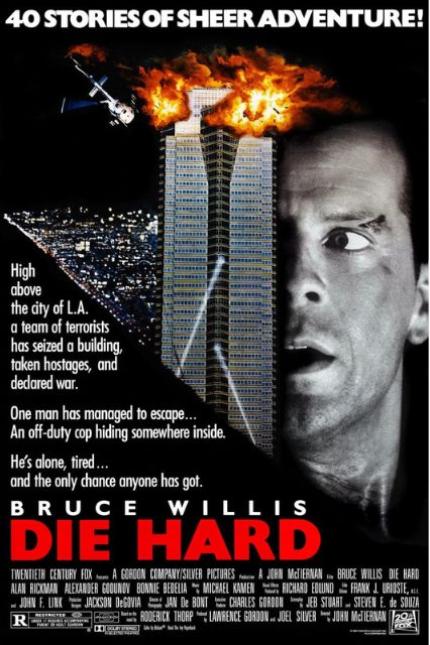
Die Hard:
"Die Hard" ignited Bruce Willis' cinematic trajectory, but before its explosive success, Willis was synonymous with television comedy. Best recognized for his lighthearted roles on the small screen, the transition to the gritty action hero of "Die Hard" marked a pivotal juncture in his career. This transformative shift showcased Willis' versatility, propelling him from the realm of comedic charm to the intense, commanding presence that would solidify his status as a Hollywood heavyweight and an iconic figure in action cinema.
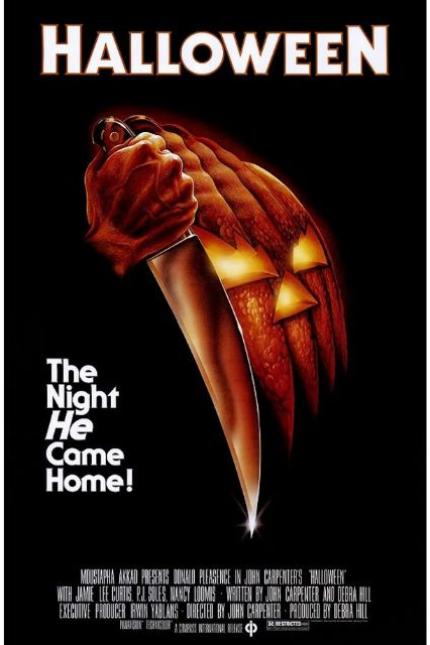
Halloween:
The terror-inducing "Halloween" thrived on ingenuity despite its modest budget. The film's spine-chilling antagonist, Michael Myers, owes his iconic mask to an unexpected source—a repurposed Captain Kirk mask, its features painted an eerie white. This resourceful choice not only exemplified the filmmakers' ability to create horror from the mundane but also birthed an enduring symbol of fear. The mask's transformation into Myers' chilling visage remains a testament to how cinematic magic can emerge from the simplest of origins, shaping the horror genre's visual lexicon for decades to come.
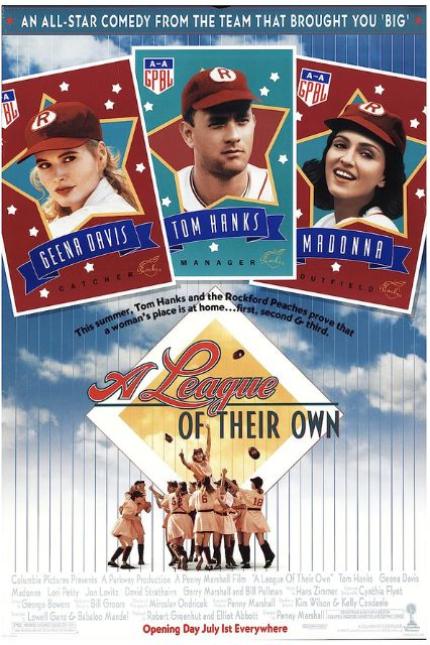
A League of Their Own:
In the baseball drama "A League of Their Own," Tom Hanks unexpectedly crafted an unforgettable moment. The iconic line "There's no crying in baseball!" emerged from Hanks' improvisational genius, encapsulating the film's spirited ethos. This spontaneous quip has since transcended the screen, becoming a beloved catchphrase. Hanks' impromptu contribution not only highlights his comedic prowess but also underscores the magic of unscripted moments that breathe life into cinema, forever resonating with audiences.
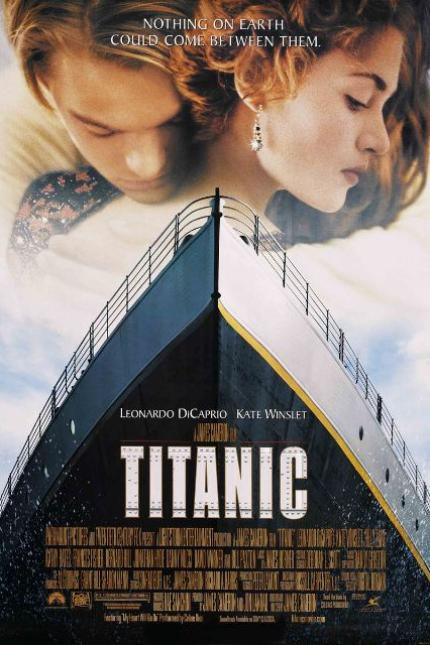
Titanic:
"Titanic's" production held an unexpected blush-worthy episode. Kate Winslet's unintentional display during a nude scene inadvertently granted the entire crew an unintended glimpse. Director James Cameron, fully engrossed behind the camera, remarkably remained unaware of the incident. This comical twist of fate, where the filmmaker's focused lens inadvertently shielded him from the unexpected, adds a light-hearted anecdote to the epic's making. Winslet's on-set mishap became a playful footnote in the journey of crafting an iconic cinematic masterpiece.
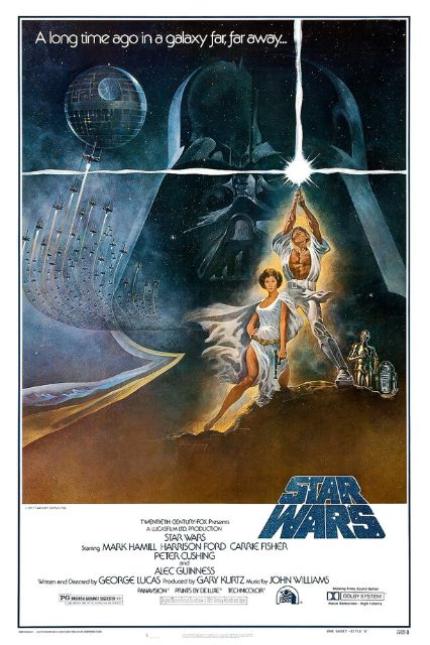
Star Wars:
In the early conceptual stages of "Star Wars," the legendary character Yoda took an unforeseen path. Originally envisioned as a monkey adorned with a mask and wielding a cane, this quirky notion reflects the creative experimentation that shaped the franchise. Ultimately, Yoda's transformation into a wise and enigmatic Jedi Master stands as a testament to the serendipitous choices that mold cinematic legends, forever cementing his place in the hearts of audiences as an enduring symbol of wisdom and guidance.
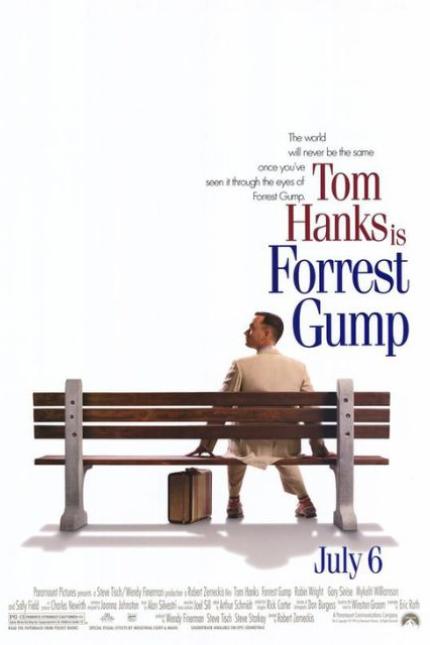
Forrest Gump:
In a cinematic twist, "Forrest Gump" employed post-production artistry to heighten reality. The distinctive sound of the ping-pong ball connecting with the table was meticulously added after filming, revealing that Tom Hanks, embodying the titular character, didn't physically strike the ball during the scenes. This behind-the-scenes wizardry illustrates the intricate blend of visual and auditory elements that combine to create the seamless, immersive storytelling for which the film is celebrated.
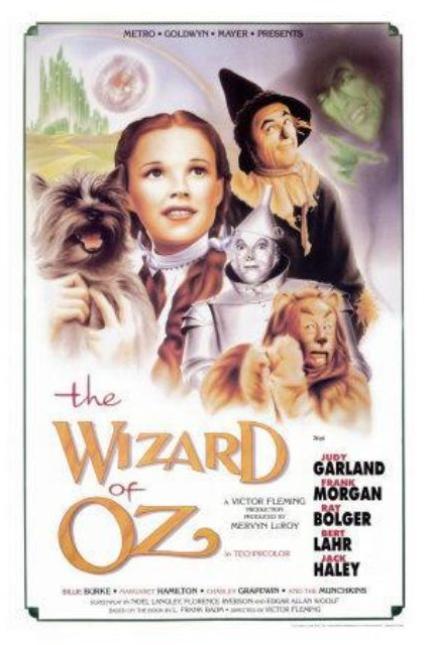
The Wizard of Oz:
A vintage cinematic choice carries unexpected weight. In "The Wizard of Oz," the mesmerizing snowfall wasn't the crystalline fluff we imagine, but industrial-grade asbestos—a prevalent practice in its era. Unbeknownst then, this material's toxicity has since revealed the dangers it poses. This historical nugget serves as a stark reminder of how filmmaking standards evolve, casting a new light on iconic scenes and emphasizing the importance of safety and progress in the realm of movie magic.
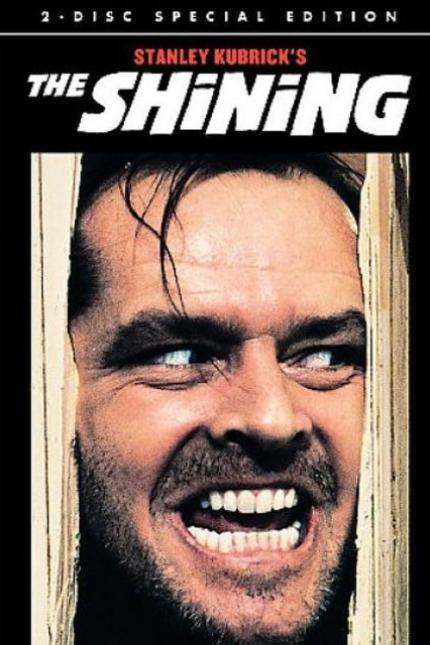
The Shining:
In a stroke of improvisational brilliance, Jack Nicholson forever altered cinematic history. In "The Shining," his iconic line "Here's Johnny!" emerged spontaneously, playfully echoing Johnny Carson's famed catchphrase. This unscripted gem encapsulates Nicholson's uncanny ability to infuse character with personality, enriching the film's eerie atmosphere. The line's serendipitous connection to popular culture adds an intriguing layer to the character's madness, reminding us of the symbiotic relationship between art, entertainment, and the unexpected creativity that intertwines them.
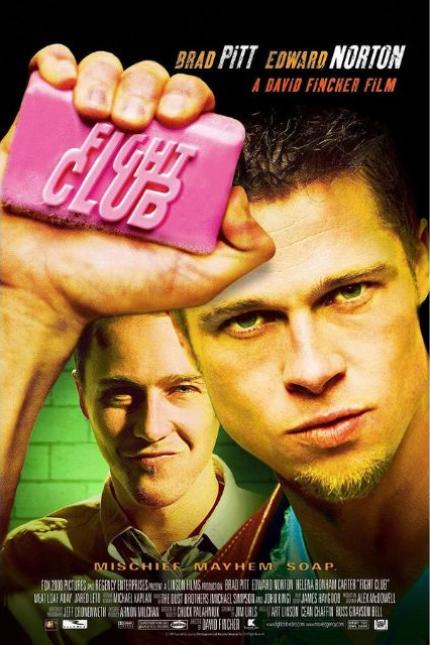
Fight Club:
"Fight Club" delved into immersive preparation. To embody their roles, Brad Pitt and Edward Norton delved into soap-making classes, an unexpected yet fitting endeavor. This dedication illuminated the characters' ethos of rebellion and transformation, adding depth to their performances. The duo's commitment to authenticity underscores the lengths actors go to inhabit their roles, breathing life into the film's themes and showcasing the nuanced artistry that shapes cinematic storytelling.
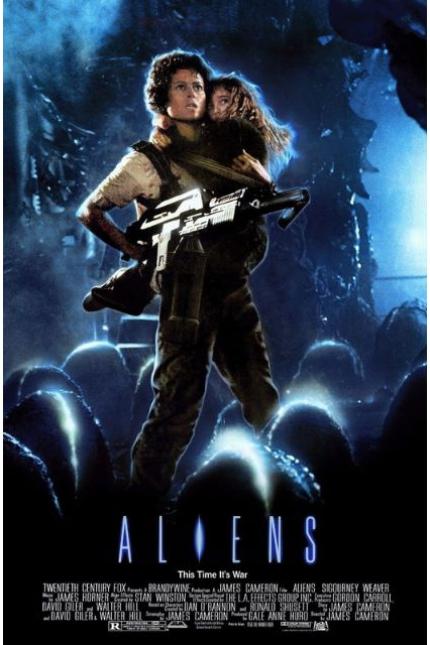
Aliens:
In a whirlwind of creative fervor, James Cameron penned the script for "Aliens" in a remarkably short span. Drawing from the haunting narratives of the Vietnam War, he wove a tale of pulse-pounding intensity. This condensed burst of inspiration underscores Cameron's ability to channel raw emotion into gripping storytelling, transforming the film into a sci-fi masterpiece that resonates with audiences on multiple levels, revealing the power of art to reflect the complexities of human experience.
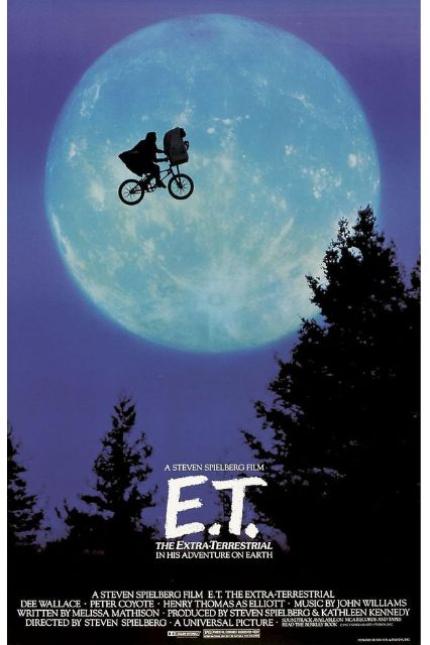
E.T.
The magic of "E.T. the Extra-Terrestrial" includes a charming twist. The memorable phrase "E.T. phone home," etched in pop culture, initially emerged as "E.T. home phone" in the script. A spur-of-the-moment alteration during filming transformed this line into an iconic touchstone, showcasing the dynamic evolution of cinematic language. This unscripted metamorphosis echoes the film's theme of connection, as the tiniest shifts in words can profoundly alter perception, capturing the essence of filmmaking's power to shape collective memory.
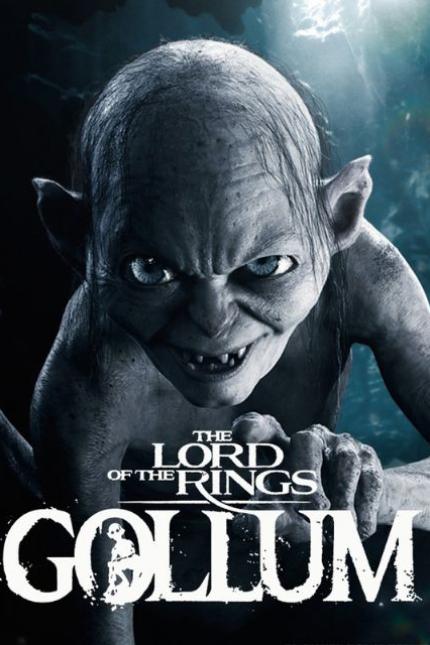
The Lord of the Rings:
Creativity often springs from unexpected sources. The inception of Gollum in "The Lord of the Rings" took an intriguing twist—Peter Jackson's cat, with its hairball-induced mannerisms, left a mark on the character's essence. This serendipitous connection between feline behavior and Gollum's distinctive traits adds a whimsical layer to the character's creation, underscoring the extraordinary blend of imagination and everyday experiences that shape cinematic legends, forever intertwining the mundane and the fantastical in the tapestry of storytelling.
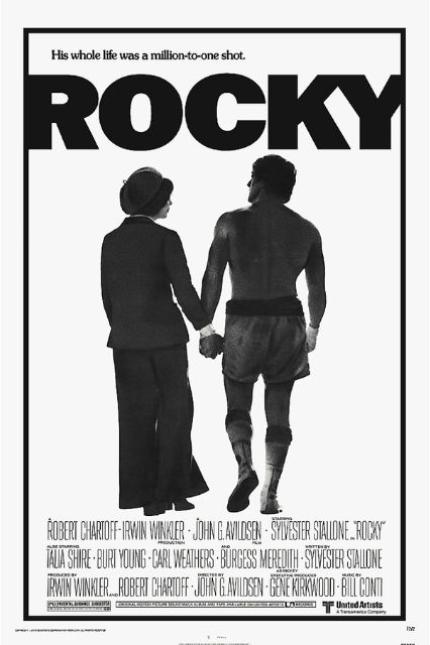
Rocky:
Sylvester Stallone's rise to fame was fueled by an audacious gamble. Penning the "Rocky" screenplay in a mere three days, Stallone's determination fused with his script. Refusing to relinquish his starring role demand, he hinged the script's fate on his own involvement. This bold stand showcased Stallone's unwavering belief in his vision, propelling him from obscurity to stardom while crafting a tale of underdog triumph that resonates universally. The iconic "Rocky" saga stands as a testament to the power of persistence and creative conviction.
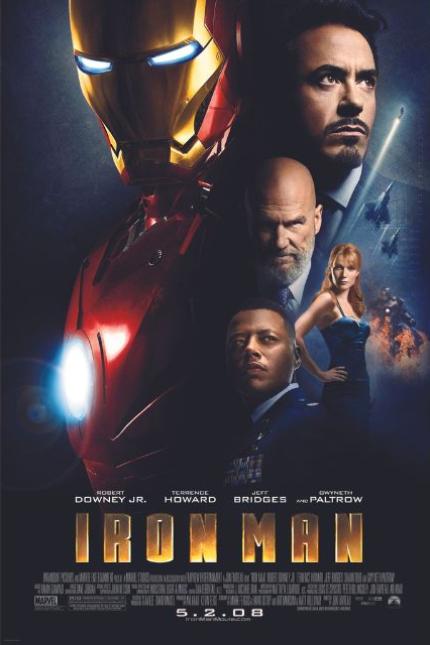
Iron Man:
"Iron Man" heralded a captivating shift in superhero cinema. Robert Downey Jr.'s charismatic portrayal of Tony Stark was marked by unscripted brilliance. Given the creative reins to ad-lib, Downey Jr. infused Stark's persona with his own wit and charm. This spontaneous interplay added an authentic layer to the character, highlighting the synergy between actor and role. The result was a refreshing departure from the norm, a dynamic blend of performance and improvisation that solidified Downey Jr.'s indelible mark on the Marvel Cinematic Universe.
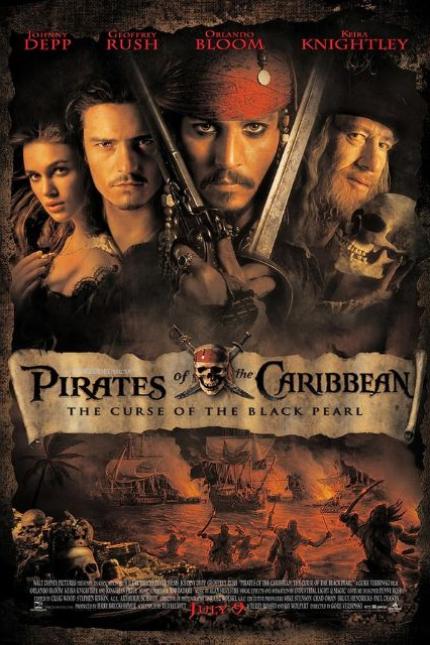
Pirates of the Carribean:
Captain Jack Sparrow's enigmatic allure in "Pirates of the Caribbean" bears a rock 'n' roll essence. Johnny Depp's portrayal, a symphony of quirks, was orchestrated by rock legend Keith Richards' persona. Depp artfully infused Sparrow's mannerisms with Richards' distinct charisma, conjuring a captivating cocktail of eccentricity and charm. This unexpected synergy between actor and musician enlivened Sparrow's character, illustrating how inspiration from the unlikeliest of sources can sculpt iconic personas, forever intertwining the realms of Hollywood and rock 'n' roll.
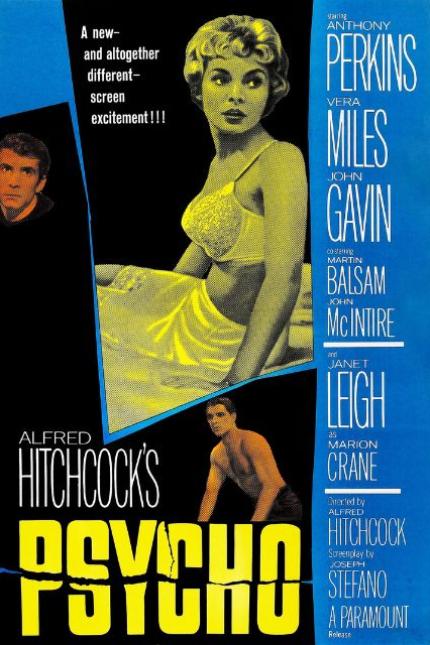
Psycho:
Alfred Hitchcock's mastery in "Psycho" extends to meticulous filmmaking. The iconic shower scene, a mere three minutes onscreen, underwent a laborious week of production. Hitchcock's devotion to capturing every chilling nuance exemplifies his commitment to crafting unparalleled suspense. This paradox of brevity and effort underscores the artistry behind cinema's most memorable moments, reminding us that the marriage of time, technique, and creativity can forge indelible scenes that resonate through generations.
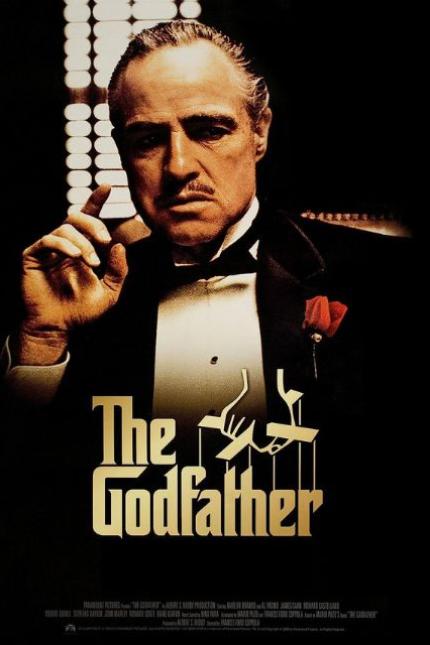
The Godfather:
Marlon Brando's triumphant return in "The Godfather" marked a poignant milestone. Following a four-year acting hiatus, Brando's captivating portrayal emerged as a cinematic revelation. His powerful presence as Vito Corleone underscored the character's gravitas and the actor's resurgence. This transformative comeback exemplified Brando's enduring prowess and showcased how even a brief absence can intensify an artist's impact, leaving an indelible mark on a film that would forever shape the course of cinematic history.
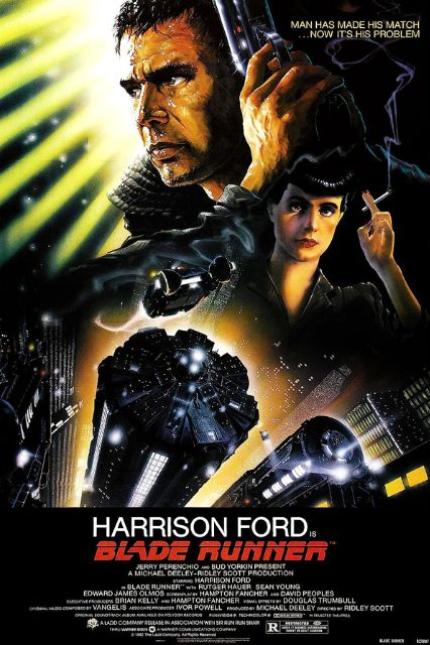
Blade Runner:
Rutger Hauer's brilliance illuminated "Blade Runner's" climactic moment. In an unscripted flourish, Hauer's poignant "tears in rain" soliloquy unfurled in the rain-drenched finale. This unanticipated improvisation elevated the scene's emotional resonance, encapsulating the film's themes of humanity and mortality. Hauer's contribution demonstrated how spontaneous ingenuity can crystallize a character's essence, leaving an indelible imprint on a cinematic masterpiece and showcasing the exquisite dance between actor and role.
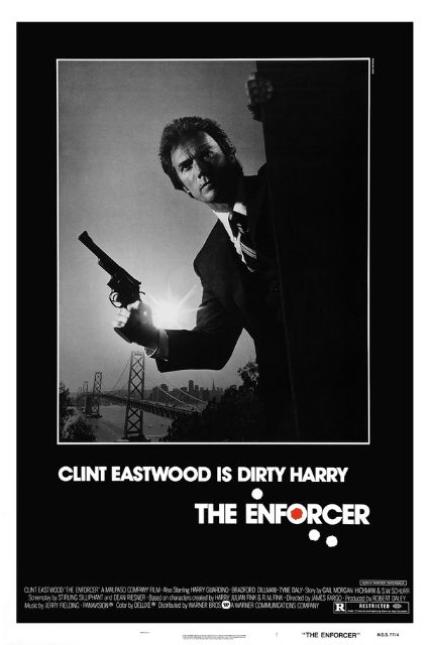
Dirty Harry:
Clint Eastwood's iconic "Dirty Harry" contract boasted an unexpected perk. Nestled within its clauses was a provision granting him ownership of the wardrobe, including the legendary .44 Magnum revolver. This unique arrangement endowed Eastwood's character with a tangible authenticity while inadvertently forging a cinematic legacy. The inclusion of the weapon, forever associated with the character's stoic intensity, underscores the captivating synergy between performer and props, birthing a legendary partnership that transcends the screen.

Mad Max 2: The Road Warrior
"Mad Max 2: The Road Warrior" unveiled a remarkable cinematic canine star. Dog, a Border Collie-Kelpie mix, defied convention as a stunt-performing marvel. Trained to execute daring feats, Dog's prowess mirrored the post-apocalyptic world he inhabited. This remarkable partnership between dog and film exemplified the harmonious synergy between animal and art, elevating a character to an unforgettable status. Dog's contributions not only enriched the film's authenticity but also underscored the captivating bond between human and four-legged performer, etching a paw print in cinematic history.




